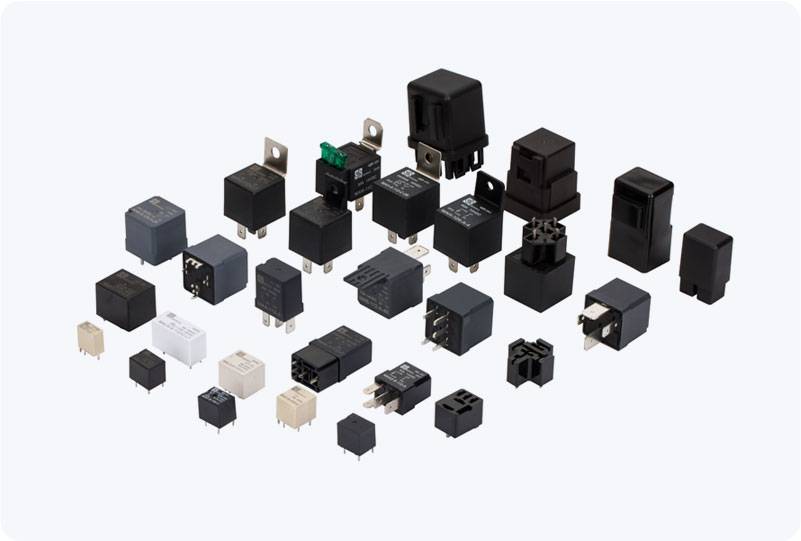A Thermostatic Mixing Valve (TMV) is a crucial component in modern plumbing systems that ensures the safe and efficient regulation of water temperatures. The primary function of a TMV is to mix hot and cold water to achieve a constant, preset output temperature, thereby preventing scalding and ensuring a comfortable and safe water experience. In this article, we will explore the functionality, applications, advantages, and safety benefits of TMVs, making it clear why they are a necessary feature in homes, hospitals, and public facilities alike.

How Thermostatic Mixing Valves Work At its core, a Thermostatic Mixing Valve is a simple yet effective device designed to blend hot water with cold water in order to achieve a safe and consistent output temperature. It uses a temperature-sensitive mechanism, typically a thermostat, to monitor the temperature of the water flowing through the valve. When the temperature fluctuates, the valve adjusts the flow of hot and cold water to maintain the desired temperature, even if the pressure or temperature of the incoming water supply changes. For example, if the cold water supply is disrupted and the hot water supply increases in pressure, the TMV will automatically adjust the ratio of hot to cold water to ensure that the water temperature remains constant. This automatic regulation helps prevent sudden spikes in water temperature, which could lead to scalding, burns, or discomfort, especially in homes with children, the elderly, or those with sensitive skin.